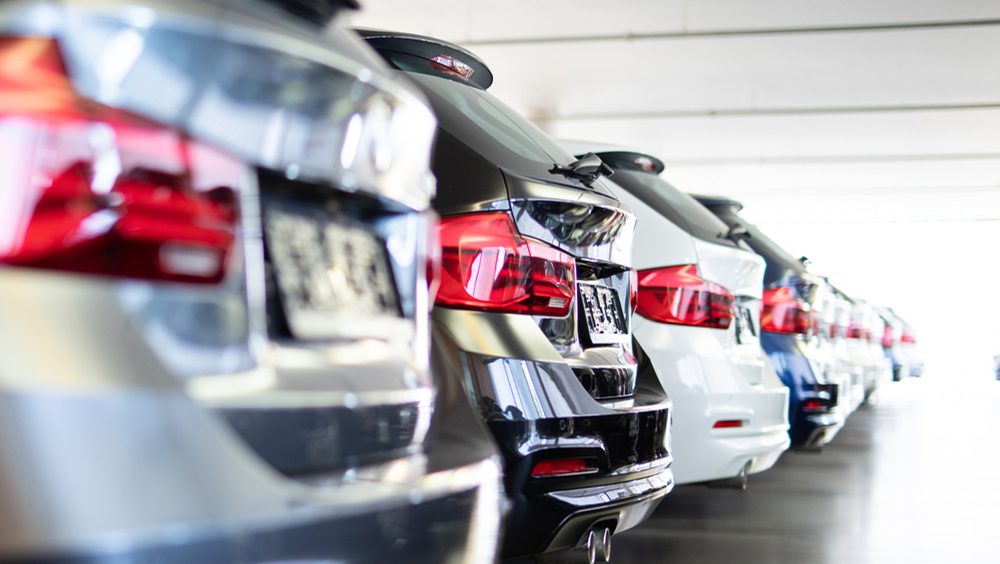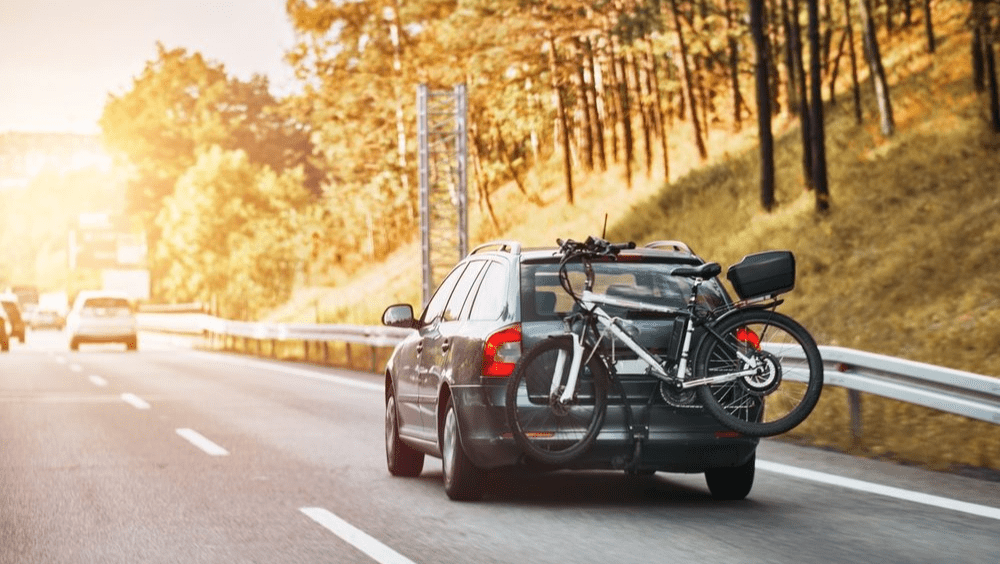Yes. There are several types of rental car insurance, depending on the level of protection you want:
Collision Damage Waiver (CDW)
✅ Reduce your financial responsibility in case of damage.
❌ Does NOT cover: the underside of the car, interior, windshield, mirrors or tires.
❗ Without this insurance, you are responsible for the full cost of repairs.
Theft Protection (TP)
✅ Reduce the costs you would incur in case of theft or attempted theft.
❗ Does not cover theft caused by negligence (e.g. key left in ignition).
📌 Generally, CDW and TP are offered together as CDWTP.
Super Collision Damage Waiver (SCDW)
✅ Reduces the excess deductible to zero - meaning you have nothing to pay in the event of a claim, within the limits of your coverage.
❌ DOES NOT cover: vehicle underbody, interior, windshield, mirrors, tires, damage caused by negligence or vandalism.
For complete protection and less worry, choose all three: CDW + TP + SCDW.




